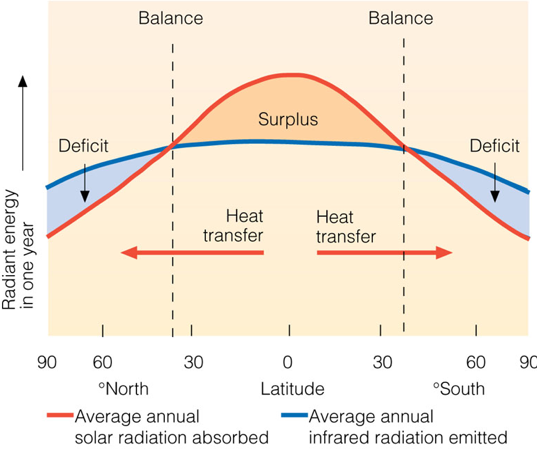You should cite the paper in the proper way: Ronan Connolly et al 2021 Res. Astron. Astrophys. 21 131
Ronan Connolly1,2 , Willie Soon1 , Michael Connolly2 , Sallie Baliunas3 , Johan Berglund4 , C. John Butler5 , Rodolfo Gustavo Cionco6,7 , Ana G. Elias8,9 , Valery M. Fedorov10, Hermann Harde11, Gregory W. Henry12, Douglas V. Hoyt13, Ole Humlum14, David R. Legates15, Sebastian Luning ¨ 16, Nicola Scafetta17, Jan-Erik Solheim18, Laszl ´ o Szarka ´ 19, Harry van Loon20, V´ıctor M. Velasco Herrera21, Richard C. Willson22, Hong Yan (y˜) 23 and Weijia Zhang24,25
1 Center for Environmental Research and Earth Science (CERES), Salem, MA 01970, USA;
ronan@ceres-science.com
2 Independent scientists, Dublin, Ireland
3 Retired, formerly Harvard-Smithsonian Center for Astrophysics, Cambridge, MA 02138, USA
4 Independent researcher, Malmo, Sweden ¨
5 Retired, formerly Armagh Observatory, College Hill, Armagh BT61 9DG, Northern Ireland, UK
6 Comision de Investigaciones Cient ´ ´ıficas de la Provincia de Buenos Aires, Argentina
7 Grupo de Estudios Ambientales, Universidad Tecnologica Nacional, Coløn 332, San Nicol ´ as (2900), Buenos Aires, Argentina ´
8 Laboratorio de F´ısica de la Atmosfera, Facultad de Ciencias Exactas y Tecnolog ´ ´ıa, Universidad Nacional de Tucuman, Av. ´ Independencia 1800, 4000 Tucuman, Argentina ´
9 Instituto de F´ısica del Noroeste Argentino (Consejo Nacional de Investigaciones Cientficas y Tecnicas - Universidad Nacional de ´ Tucuman), 4000 Tucum ´ an, Argentina ´
10 Faculty of Geography, Lomonosov, Moscow State University, Leninskie Gory St. 1, Moscow 119991, Russia
11 Helmut-Schmidt-University, Hamburg, Germany
12 Center of Excellence in Information Systems, Tennessee State University, Nashville, TN 37209 USA
13 Independent scientist, Berkeley Springs, WV, USA
14 Emeritus Professor in Physical Geography, Department of Geosciences, University of Oslo, Norway
15 College of Earth, Ocean, and the Environment, University of Delaware, Newark DE 19716-2541, USA
16 Institute for Hydrography, Geoecology and Climate Sciences, Hauptstraβe 47, 6315 Ageri, Switzerland ¨
17 Department of Earth Sciences, Environment and Georesources, University of Naples Federico II, Complesso Universitario di Monte S. Angelo, via Cinthia, 21, 80126 Naples, Italy
18 Retired, formerly Department of Physics and Technology, UiT The Arctic University of Norway, 9037 Tromsø, Norway
19 ELKH Institute of Earth Physics and Space Science, 9400 Sopron, Csatkai utca 6-8, Hungary
20 Retired, formerly National Center for Atmospheric Research, Boulder, Colorado, USA
21 Instituto de Geofisica, Universidad Nacional Autonoma de M ´ exico, Ciudad Universitaria, Coyoac ´ an, 04510, M ´ exico D.F., M ´ exico ´
22 Active Cavity Radiometer Irradiance Monitor (ACRIM), Coronado, CA 92118, USA
23 State Key Laboratory of Loess and Quaternary Geology, Institute of Earth Environment, Chinese Academy of Sciences, Xi’an 710061, China
24 Department of Mathematics and Physics, Shaoxing University, Shaoxing, China
25 Department of AOP Physics, University of Oxford, Oxford, UK



